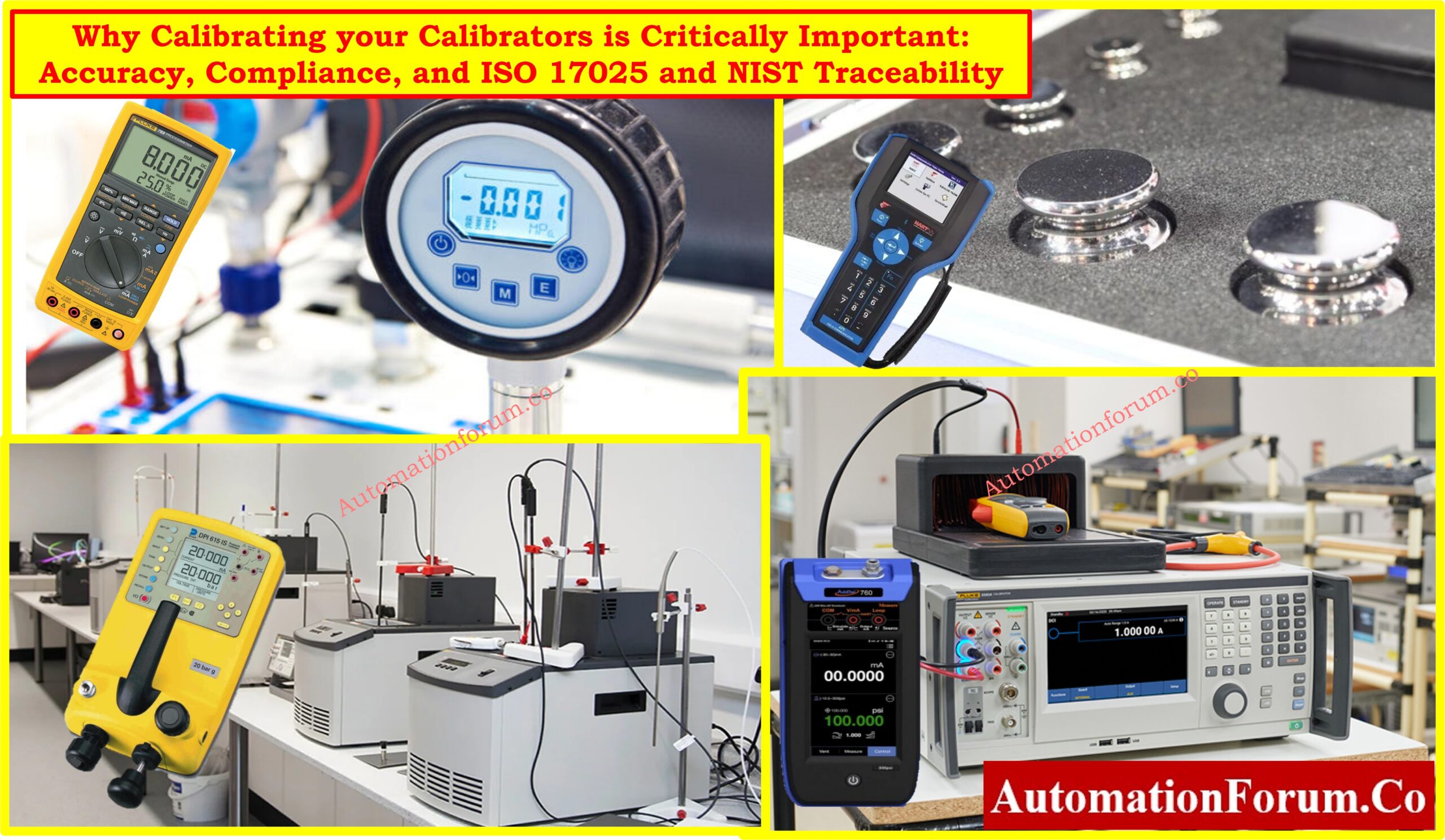Manometers
Manometers are one of the oldest type of pressure measurement.
Manometers can be used to measure gauge pressure,differential pressure and absolute pressure.
Various types of Manometers
1.U tube Manometer
2.Well type or reservoir manometer
3.Inclined manometer
4.Float type manometer
U tube Manometer.
U tube is made of glass.The tube is filled with a fluid known as Manometer fluid.
Manometer fluid may be mercury , water etc…
If the manometer is connected to same pressure source (P1 = P2) the level of the manometer will be same.
If the manometer is connected to two different pressure source there will be a difference in level of the manometer fluid in both the limps.
If P1>P2 the differential pressure P2-P1=@h
@=density of the fluid
h=height difference
While choosing the manometer fluid for a particular application we need to remember following things.
Manometer fluid should not wet the wall
Manometer fluid should not absorb gas
Manometer fluid should not react chemically
Manometer fluid should have low vapor pressure
Move freely
Mercury is one of the most commonly used manometer fluid.
In a well type manometer,one leg is replaced by a large diameter well.Since the cross sectional area of the well is much larger than the other leg,when pressure is applied to the well,the manometer liquid in the well lowers only slightly compared to the liquid rise in the other leg.As a result of this,the pressure difference can be indicated only by the height of the liquid column in single leg.
For static balance,
P2-P1= @(1+A1/A2)h
where
A1= area of smaller-diameter leg
A2= area of well
If A1/A2 << 1 then P2-P1 = @h
If the area of well is 500 or more times larger than the area of vertical leg,the error involved in neglecting the area is negligible.
Inclined-Tube Manometers
The inclined leg expands the scale so that lower pressure differentials may be read easily.
Sensitivity of the manometer increases.
The scale of the manometer can be extended greatly by decreasing the angle of inclined leg to a small value.
Float-Type Manometers
This is a variation of well-type manometer
Recording type manometer
Span of the measurement can be changed by changing the diameter of the leg
A large float can be placed to generate enough force
Related Articles:











